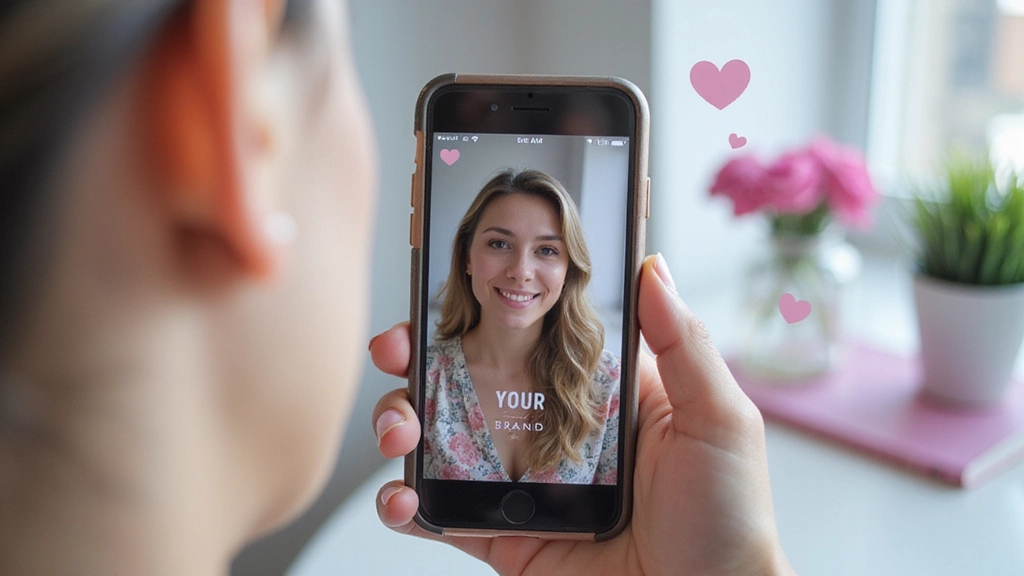What Works, What Doesn't, and How to Win
In a digital-first world where attention is everything, influencer marketing has become one of the most powerful digital marketing strategies for building brand awareness, engagement, and trust. But to truly make it work, brands need more than a product placement—they need a strategy backed by data, authenticity, and the right partnerships.
At ONI Entertainment we specialize in influencer marketing campaigns that drive real results—whether that’s increased reach, boosted conversions, or better brand positioning. Let’s break down how to leverage influencer marketing effectively, explore its pros and cons, review influencer types, and uncover the strategies that actually work in 2025.
The Pros of Influencer Marketing
Influencers do more than promote—they create conversations. With the rise of social media platforms like Instagram, TikTok, YouTube, and Threads, brands now have direct access to highly engaged audiences through the voices they trust most.
- Authentic Brand Exposure
Consumers crave real, relatable content. Influencers introduce your brand in a way that feels genuine, driving authentic brand awareness that traditional ads simply can’t replicate.
- Targeted Audience Reach
Thanks to niche influencers and detailed audience segmentation, you can get your product or service in front of exactly the right people. It’s precision marketing with real-world results.
- High-Performance Content Creation
Most influencers are skilled content creators. Their content can be repurposed for your social media marketing, paid ads, and email campaigns—boosting your content ROI.
- Social Proof and Community Trust
Influencer endorsements work as modern-day word-of-mouth marketing. They add credibility to your brand and foster consumer trust, especially when partnerships are long-term.
The Cons of Influencer Marketing (and How to Avoid Them)
Not every influencer campaign is a hit—and that’s why strategy is everything. Here are some common pitfalls and how to sidestep them:
- Fake Followers & Inflated Metrics
Some influencers buy fake followers or engagement. Use influencer vetting tools to ensure you’re investing in real engagement and authentic reach.
- Misaligned Brand Messaging
An influencer whose content style or values don’t match yours can damage your brand. Always seek brand alignment and shared audience values.
- Overemphasis on Short-Term ROI
Influencer marketing is a long game. Expecting immediate conversions often leads to disappointment. Focus on building brand awareness and long-term brand equity.
- Limited Creative Control
While creators need creative freedom, clear briefs and brand guidelines help maintain content consistency and messaging accuracy.
Types of Influencers (and When to Use Them)
Understanding the different levels of influencers is key to crafting the right influencer marketing strategy. Each category offers distinct advantages depending on your campaign goals and budget.
| Influencer Tier | Followers | Best For |
|---|---|---|
| Nano | 1K–10K | Hyper-targeted audiences, high engagement |
| Micro | 10K–100K | Niche influence, cost-effective partnerships |
| Mid-tier | 100K–500K | Balanced reach + engagement |
| Macro | 500K–1M+ | Mass visibility and bigger brand campaigns |
| Mega/Celeb | 1M+ | Major launches, global exposure |
Choosing the right influencer tier depends on your campaign goals and audience. For example, nano and micro-influencers are ideal for brands looking to build high trust and engagement within niche communities—perfect for local businesses, beauty brands, or lifestyle products targeting specific demographics. Mid-tier influencers offer a strong balance of reach and authenticity, making them great for growing brand awareness while maintaining personal connections. Macro and celebrity influencers, on the other hand, are best for major product launches, national visibility, or brand positioning at scale—ideal for global campaigns or viral marketing pushes where mass exposure is the priority.
SEO Tip: Most brands find micro-influencers and nano-influencers deliver the highest engagement rates with the lowest cost per acquisition, especially in industries like beauty, lifestyle, wellness, and tech.
What Actually Works in Influencer Marketing in 2025
Influencer marketing trends evolve fast. To stay ahead of the curve, here’s what ONI Entertainment recommends for building a winning campaign in today’s digital marketing landscape:
- Audience Alignment and Data-Driven Insights
Use influencer discovery tools and audience data to find creators whose followers match your ideal customer profile. This ensures you’re reaching people who are more likely to convert.
- Authentic Storytelling Over Scripting
Trust creators to tell your brand story in their unique voice. This keeps the content relatable and avoids sounding like a generic ad.
- Strong Calls-to-Action and Performance Tracking
Use UTMs, custom promo codes, and affiliate links to measure click-through rates, sales, and influencer marketing ROI.
- Repurpose Influencer Content Across Channels
Don’t let great content go to waste. Reuse influencer videos and photos in paid social ads, email campaigns, landing pages, and organic posts.
- Build Long-Term Influencer Partnerships
The strongest results come from ongoing collaborations. Long-term partnerships build trust with the audience and establish a consistent brand-influencer connection.
Final Thoughts
Influencer marketing continues to evolve in 2025—but one thing remains constant: People trust people. The right influencer marketing strategy can humanize your brand, extend your reach, and generate high-quality leads—if it’s backed by research, creativity, and authenticity.
At Oni Entertainment, we build custom influencer campaigns designed to elevate brand awareness, drive conversions, and connect you with the voices that matter most to your audience.
Let’s make influencer marketing work for your brand—reach out today and schedule your free strategy consult.
Get in touch today.
